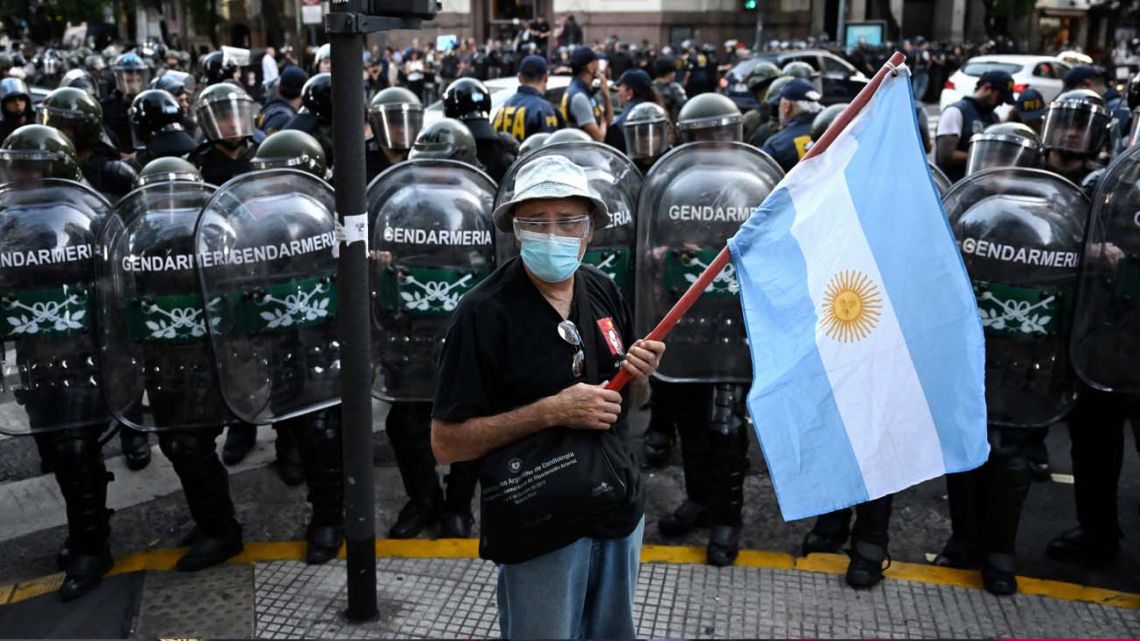Canada’s Prime Minister Mark Carney announced a snap election for April 28, 2025, capitalizing on public fury over U.S. President Donald Trump’s actions, sources from the Prime Minister’s office confirm.
Trump’s tariffs and annexation threats have jolted Canadians, pushing the Liberal Party’s support to 37.5%, enough for 174 seats and a slim parliamentary majority. Carney, a former central banker, aims to secure a fourth straight win for his party amid this crisis.
Trump slapped 25% tariffs on Canadian goods like steel and lumber after taking office on January 20, 2025. He then escalated tensions by calling Canada the “51st state,” sparking outrage and a surge in national pride.
Polls show the Liberals gaining ground, jumping from 16% last year to close the gap with the Conservatives, who now hold 37.1% and 134 seats. Carney seized the moment, framing the election as a stand against Trump’s aggression.
He ditched unpopular policies like the carbon tax, pivoting to rally voters around sovereignty. Meanwhile, Conservative leader Pierre Poilievre struggles to adapt, shifting from economic gripes to a “Canada First” stance that feels late.
 Canada’s Liberals Tap Trump Fury for Election Win. (Photo Internet reproduction)
Canada’s Liberals Tap Trump Fury for Election Win. (Photo Internet reproduction)The Liberals’ strategy hinges on fear of Trump’s economic chokehold, as Canada sends 75% of its exports south. Voters favor Carney over Poilievre by 25 points on handling U.S. relations, polls reveal.
Navigating Economic Tensions and Global Pressures
However, regional tensions simmer, with Alberta’s premier demanding oil concessions that could test Carney’s unity pitch. Carney assumed power on March 14 after Justin Trudeau quit under party pressure.
His call for a “strong mandate” on March 23 followed Trump’s latest taunts. The shortened 36-day campaign aims to lock in this anti-Trump boost before it fades. Poilievre’s team paints Carney as a corporate insider, questioning his loyalty over past business ties.
Yet, the Liberals lead by 30 points among voters prioritizing Trump, turning a near-certain defeat into a tight race. The Bloc Québécois trails with 26 seats, the NDP with 7, and the Greens with 2.
Business leaders watch closely, as tariffs threaten jobs and trade. Carney pushes European ties to offset U.S. reliance, while Poilievre bets on deregulation and energy exports.
The election tests who can shield Canada’s economy and identity from Trump’s shadow. This contest marks a rare pivot, driven by external pressure rather than domestic woes.
Canadians face a choice between Carney’s steady hand and Poilievre’s combative reset. The outcome will shape Canada’s global stance and economic future as Trump’s threats loom large.

 By The Rio Times | Created at 2025-03-24 10:07:45 | Updated at 2025-04-04 21:30:59
1 week ago
By The Rio Times | Created at 2025-03-24 10:07:45 | Updated at 2025-04-04 21:30:59
1 week ago








